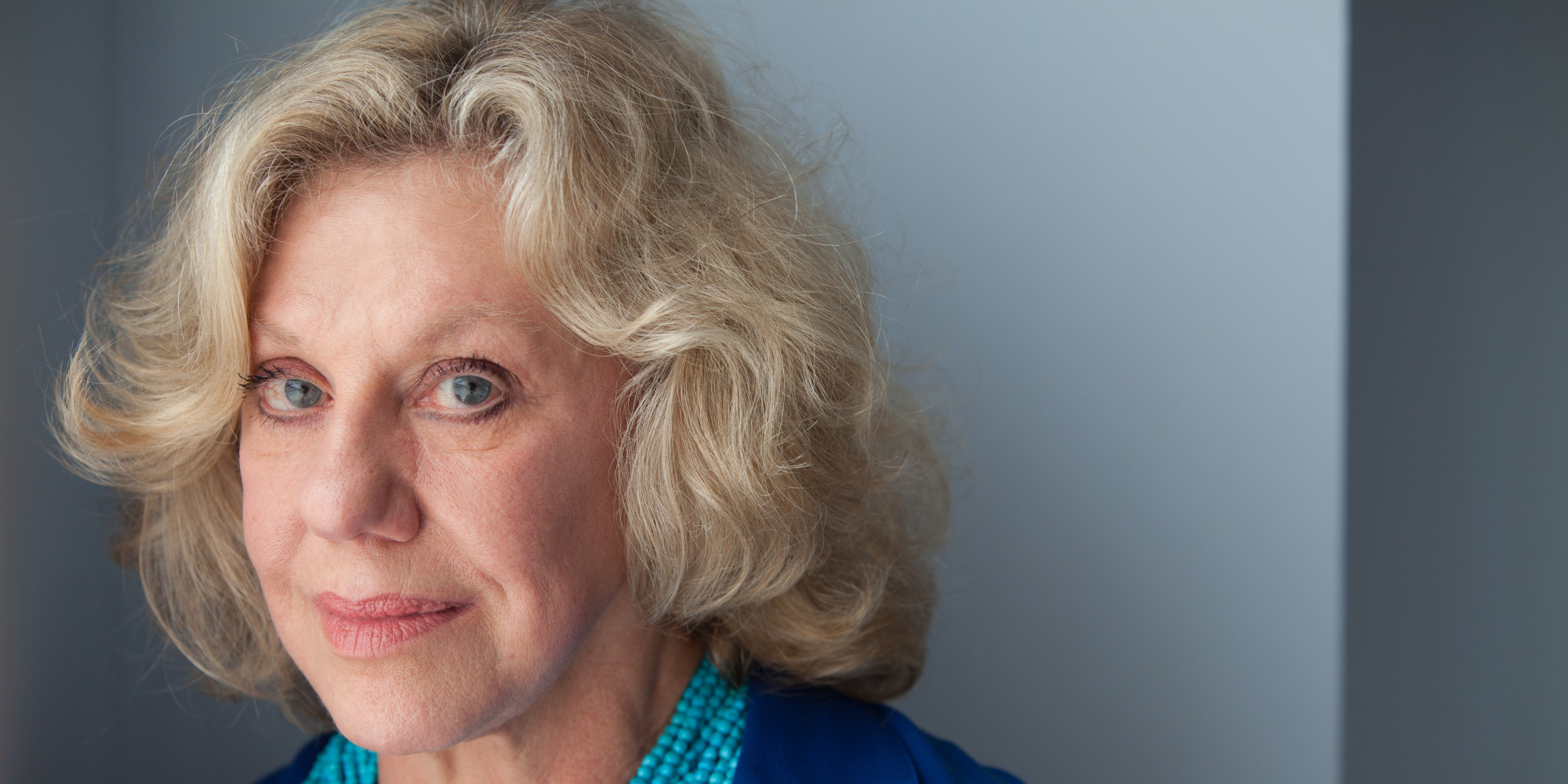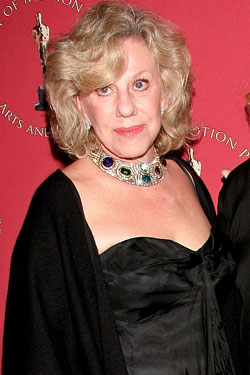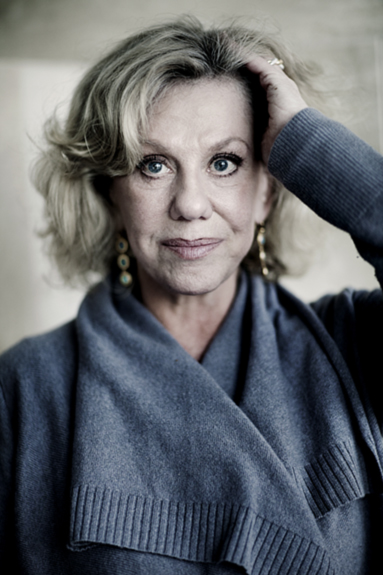

Jong’s generation, they were not married. Baumgardner first read the book in the 1990s, in their 20s, at an age when, unlike Isadora and most women of Ms. Jong “was trying to say something larger.”

,” was compared by some to “Fear of Flying” (perhaps because both books compare the attributes and deficits of a variety of male lovers), said, “ ‘Fear of Flying’ was not a celebration of casual sex, it was completely misread.” The book has been “reduced to two words,” she said, but Ms. Lucinda Rosenfeld, whose first novel, “What She Saw. “There’s no equivalent word you could deploy to destroy a guy’s social value.” And at the same time, it can be taken away from them at any moment.” For instance, she said, “When someone takes a million photos at a party and posts them on Twitter,” the girl finds herself branded a slut. “Young girls are trying to feel confident and reconcile all this sexual power. “Women in this generation and younger have really elevated expectations of equality, but the double standard is still just as fiercely in place as ever,” Ms. Jennifer Baumgardner, a third-wave feminist, author and executive editor and publisher of the Feminist Press at the City University of New York (which was started by the second-wave feminist Florence Howe in 1970), would say yes to all these questions.

Jong invented to encapsulate Isadora’s fantasy, the first word of which is “zipless,” the second of which cannot be printed, even today, in this newspaper.įorty years on, a flock of anniversary editions of “Fear of Flying” has landed on bookstore shelves, prompting the questions: Does Erica Jong still have a spot in the lion’s den with Updike, Salinger, Roth and Miller? Did her novel make literary history? And above all, is it still being read, should it be and would it be if it had emerged this year and not four decades ago? Instead, they remember the provocative expression Ms. John Updike called the book “fearless” and compared it to “The Catcher in the Rye” and “Portnoy’s Complaint” Henry Miller predicted it would “make literary history” for its “wisdom about the eternal man-woman problem” and the novel was hailed by many (not all) in feminism’s second wave as a pathbreaking achievement for female self-expression.īut what most people who have read or heard about “Fear of Flying” remember is not that it’s a rare example of a bildungsroman in which a woman, not a man, struggles to define what she wants her life to look like, and to compel that image into being. Isadora’s frank, explicit, chatty account of her quest for no-strings, satisfying sex (“absolutely pure” and “free of ulterior motives”) electrified and titillated the critical establishment. Though she says that writing takes priority over both motherhood and men, there have been more than a few torrid romances along her zipless way.ī.C.In 1973, Erica Jong exploded onto the literary scene with “Fear of Flying,” her chronicle of the soul-searching, sensuality-seeking adventures of an intellectual young poet named Isadora Wing during a business trip with her second husband to a psychoanalysts’ conference in Vienna. Jong published "Fear of Fifty" in 1994, part confessional, part cocktail chatter and part intellectual cant in a memoir style, as engaging and fiercely self-centered as ever.

In 1989 she married attorney Ken Burrows, 48, stating that her naughty days were over. In 1977 she married sci-fi novelist Jonathan Fast their daughter Molly was born the following year and they divorced 1981. She became a critically acclaimed poet with two collections of verse, "Fruits and Vegetables," 1971 and "Half-Lives," 1973. Allan Jong and they lived in Germany for the following three years, 1966-69. At 24, pretty, ebullient, with a sunny disposition, she married fellow Columbia student, Chinese-American child psychologist Dr. Her first marriage, at 21 to Michael Werthman, was annulled after six months when he was found to be schizophrenic. The second of three daughters of a vaudeville-musician dad turned antique doll importer and an amateur painter mom, she earned her B.A. American writer, a best-selling novelist with her racy "Fear of Flying," 1973, called "the feminine counterpart of "Tropic of Cancer."


 0 kommentar(er)
0 kommentar(er)
